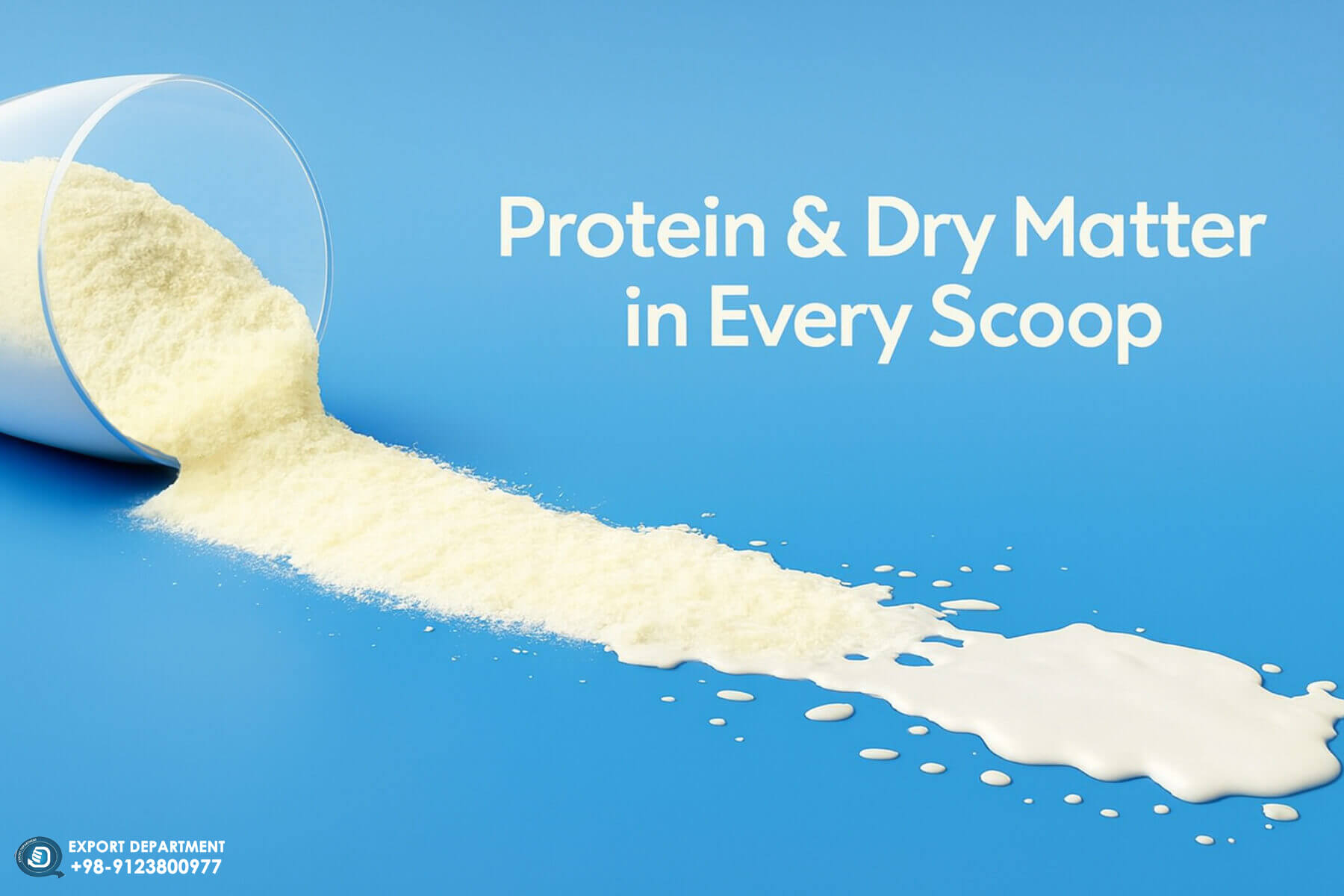Primary Cheese – Key Concepts in Production and Quality
Primary Cheese is the essential base used to produce a wide range of cheeses, from mozzarella to cheddar. This article explores its production process, types, quality standards, and industrial importance.
Introduction
Cheese is one of the oldest dairy products in the world. Over thousands of years, humans have refined the art of transforming milk into countless cheese varieties with unique flavors, textures, and uses. Primary cheese is the raw material for producing various types of cheese, including pizza cheese. This foundational cheese, produced in the early stages of cheesemaking, serves as the base for other cheeses, from soft and fresh to hard and aged varieties. Understanding primary cheese — its production, properties, and industrial importance — is crucial for appreciating how final cheeses achieve their quality, taste, and functionality.
What is Primary Cheese?
Primary cheese, also known as base cheese or fresh cheese, is the cheese obtained during the initial stages of production, right after milk coagulation and whey separation. At this stage, the product has not yet undergone aging, flavor addition, or other processing steps.
It usually has a soft texture, mild flavor, and short shelf life. Because it serves as the foundation for further processing, it is used to make countless varieties such as cheddar, gouda, mozzarella, feta, parmesan, and even processed cheeses like pizza cheese or cream cheese.
In essence, primary cheese is to cheesemaking what dough is to baking — the essential base from which an endless array of cheese styles can be developed.
Production Method of Primary Cheese
The production process of primary cheese includes several key steps: first, fresh milk is pasteurized to remove harmful bacteria and ensure hygienic quality. Then, by adding rennet or an acid, the milk proteins coagulate and form curds. Next, the whey is separated, and the curds are pressed to remove excess moisture and shaped as needed. At this stage, the primary cheese is ready for use or further processing to produce other cheese types.
The production of primary cheese involves a precise and controlled multi-step process.
1. Milk Selection and Pasteurization
High-quality, fresh milk is the starting point. It must be free from microbial contamination and meet strict hygiene standards. The milk is pasteurized — typically heated to about 75 °C — to destroy harmful bacteria and ensure food safety. In many cases, skimmed milk is used for producing low-fat primary cheese.
2. Adding Starter Culture
After cooling the pasteurized milk to around 42–43 °C, a starter culture of beneficial lactic bacteria is added. These microorganisms slightly ferment the milk, develop acidity, and help generate flavor compounds crucial for later stages.
3. Coagulation with Rennet
Rennet — an enzyme (usually chymosin) — is then added to coagulate the milk. Within about 20–30 minutes, milk proteins (especially casein) form a solid gel known as curd. The amount of rennet and temperature control at this point are critical, as they determine the curd’s firmness and moisture level.
4. Cutting and Whey Separation
The curd is cut using fine blades to release whey (the liquid part). Smaller curd pieces lead to drier, firmer cheese; larger pieces yield softer, moister textures. The curds and whey are gently stirred to facilitate drainage and consistency.
5. Acid Development
After separation, the curds are allowed to reach the right acidity — typically pH 5.6–5.8. This level ensures proper texture and prevents over-fermentation.
6. Cooking the Curds
The curds are heated to stabilize the protein structure and control bacterial activity. This process also improves the stretchability and meltability of cheeses made later from the base.
7. Pressing, Molding, and Salting
The curds are transferred into perforated molds for shaping and further whey drainage. Salting follows — either by sprinkling salt directly or immersing the cheese in brine. Salt not only enhances flavor but also extends shelf life and strengthens texture.
8. Packaging and Storage
Finally, the cheese is shaped into blocks (commonly 10–20 kg) and stored at sub-zero temperatures for 15–30 days. Once matured under controlled conditions, the primary cheese is ready for use in producing final cheeses like mozzarella and pizza cheese.
Classifications and Varieties of Primary Cheese
Primary cheese can be categorized by milk source, rennet type, and production method. Cow, sheep, goat, and buffalo milk each contribute unique textures and flavors. Different rennet types — animal, vegetable, or microbial — influence texture and suitability for various production scales. Depending on processing, primary cheeses range from soft and fresh types like cream cheese and feta to hard, aged varieties such as cheddar, gouda, and parmesan.
Applications of Primary Cheese in the Food Industry
Because of its mild flavor, balanced moisture, and adaptable texture, primary cheese has diverse industrial uses:
Base for Cheese Varieties: It forms the raw material for producing cheddar, gouda, mozzarella, feta, parmesan, and many regional cheeses.
Processed Dairy Products: Used in cream cheese, spreadable cheese, and flavored cheese production.
Culinary Uses: Perfect for dishes like pizza, lasagna, soups, and sauces due to excellent melting and stretchability.

Confectionery and Desserts: Utilized in cheesecakes, tiramisu, and other cheese-based desserts for its smooth texture.
Nutritional Supplements: Its high protein and calcium content make it valuable in protein-enriched products.
Animal Nutrition: In some cases, it’s used as a nutrient-rich ingredient in feed formulations.
How Primary Cheese Affects the Quality of Final Cheese
The quality of the final cheese largely depends on the characteristics of the primary cheese. Factors such as the type of milk and rennet influence fat content, flavor, and texture, while curd size determines whether the cheese becomes firm or soft. Salting enhances flavor, shelf life, and moisture balance, and proper aging or processing brings out aroma, color, and elasticity. Simply put, the better the base cheese, the higher the quality of the final product.
Standards for Primary Cheese
To ensure consistent performance in cheese manufacturing, primary cheese must meet strict standards:
Dry-matter content: The dry-matter content of primary cheese is ideally between 40‑42%. (Values may vary depending on cheese type and manufacturing standards.)
pH range: 5.1–5.4, essential for good stretch and melting properties.
Purity and hygiene: Must be free of contaminants and processed under sanitary conditions.
Elasticity: High-quality primary cheese melts and stretches uniformly, especially for pizza applications.
Color and texture uniformity: Indicates well-controlled processing.
Storage stability: Should maintain its quality during cold storage and thawing cycles.
Producers who meet these benchmarks deliver primary cheeses that ensure excellent results in final cheese production.
Nutritional Value of Primary Cheese
Primary cheese is rich in protein, calcium, phosphorus, and essential vitamins. Its balanced nutritional composition contributes to bone strength, muscle maintenance, and overall health.
Why Quality Matters
The quality of primary cheese directly determines the success of any final cheese product. ChaltaFarm Primary Cheese represents this principle perfectly.
Produced from high-grade milk under strict hygiene and temperature-controlled conditions, it features excellent protein and calcium levels with low fat content. The result is a superior-quality base that ensures exceptional flavor, elasticity, and consistency in every cheese made from it — whether for pizza, mozzarella, or other specialty products.
Using high-quality primary cheese such as that produced by ChaltaFarm enhances production efficiency, reduces waste, and delivers outstanding taste and texture to the final cheese.
Read More: Cheese-Making with Low-Heat Skim Milk Powder
Conclusion
Primary cheese is the backbone of modern cheesemaking — a versatile and essential base that influences the taste, texture, and overall performance of countless cheese varieties. Its production combines science and craftsmanship, requiring careful control over milk quality, acidity, moisture, and hygiene to achieve consistent results. By mastering these factors, producers can create a base cheese that not only supports efficient manufacturing but also enhances the sensory qualities of the final products.
In today’s evolving dairy and food industries, the demand for reliable, high-performance base cheese continues to grow. ChaltaFarm Primary Cheese stands as an excellent example of this standard — crafted from premium milk and processed with precision to deliver outstanding elasticity, purity, and flavor balance.


.jpg)


.jpg)